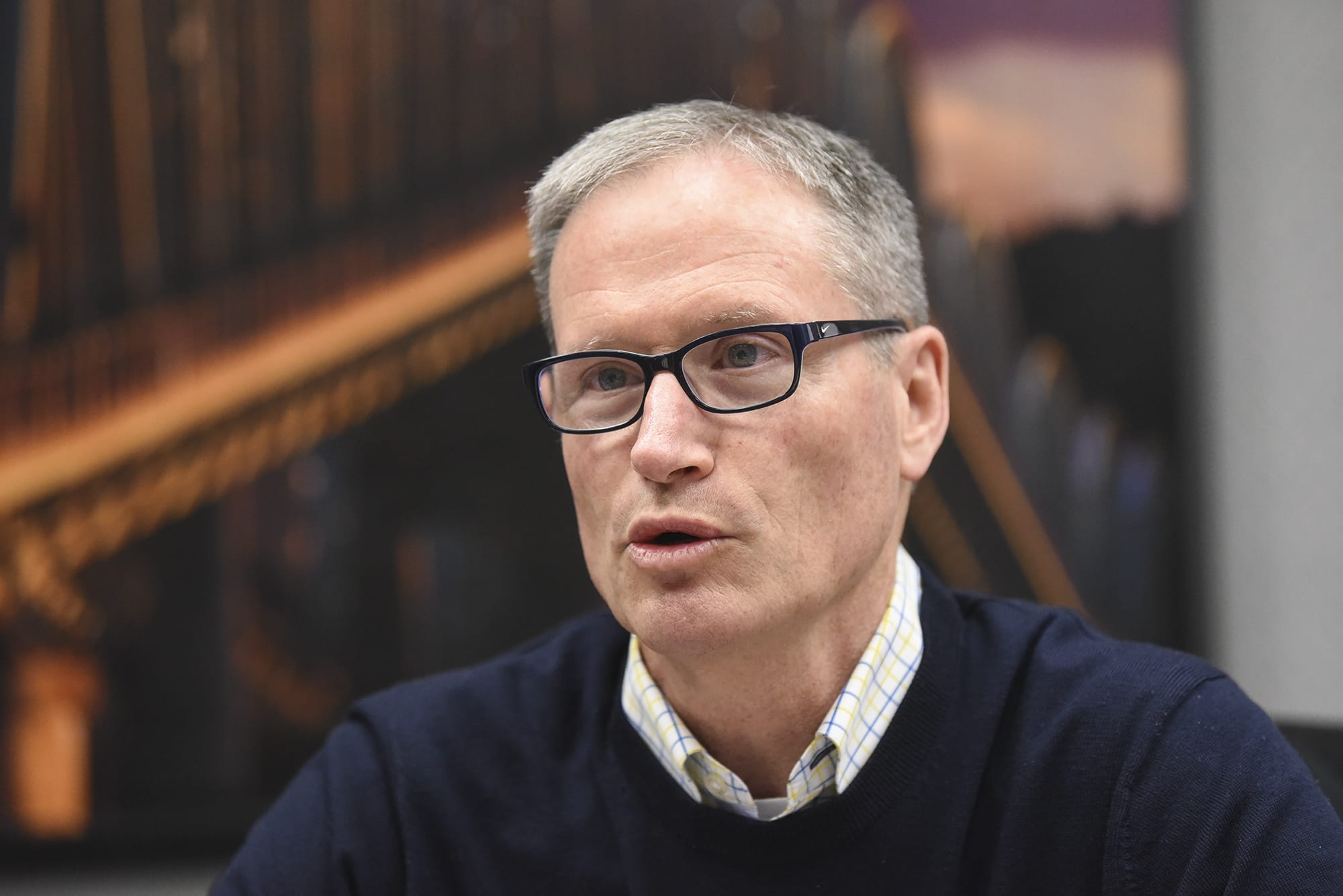A 25-member committee charged with making tolling recommendations to the Oregon Transportation Commission picked up Wednesday where it left off in late February, discussing how best to implement tolls on Interstates 5 and 205.
Told by officials to be creative, members of the Portland Region Value Pricing Advisory Committee discussed mitigation techniques to soften the financial blow for some drivers whose pocketbook might take a big hit if and when Oregon implements tolls on highways carrying thousands each day who commute from Clark County to Oregon and back.
Working in small groups, members considered ways to lessen the community impact and several other different issues, such as no alternative route options and negating disproportionate impacts on low-income drivers.
Possible mitigating techniques include ensuring a cash-based payment system is in place for those who may not have access to a debit or credit card, reserving one or several general purpose lanes, providing tolling credit for using public transit and making sure enough transit options exist for those who want to avoid paying a toll.
A subsidy for low-income drivers was also discussed, as was the possibility of reducing income tax to accommodate for money paid in tolls. The committee did conclude that it wants to ensure recommendations for mitigation are included in any value pricing recommendation that moves forward.
As for revenue and spending, the group only scratched the surface. Some initial concepts include spending tolling revenue in the corridor where it was collected and potentially on a new I-5 bridge.
Sean O’Hollaren, committee co-chair, said he wants to look at the proposal holistically.
“Congestion pricing has a myriad of impacts and I think some is to change behavior and I think some is to incentivize people to look elsewhere to be more efficient,” O’Hollaren said. “I think the onus is on us to create those alternatives and to thoroughly study the impacts the change in price will have.”
The process is not crystal clear, he added, but he said the intent is to ensure they have embraced and heard different points of view.
“I know when we do make that decision it’s not going to address all of these concerns or be able to meet all of the intended objectives, but I think this is nonetheless very helpful to inform us on the concerns we have,” O’Hollaren said.
The committee is specifically tasked with making a value pricing recommendation to the transportation commission, which will then make a final recommendation to the Federal Highway Administration as directed by Oregon’s House Bill 2017.
Proposed options
At the group’s previous meeting on Feb. 28, proposed tolling options were narrowed to the following:
• Tolling the existing northbound I-5 HOV lane and an existing regular southbound lane north of Going Street.
• Tolling all lanes on I-5 between Going Street and Multnomah Boulevard.
• Tolling all lanes on I-5 and Interstate 205 from south of Marine Drive to the merging point of both freeways.
• Creating a new toll lane on I-205 between state Highway 99E and Stafford Road and tolling all lanes on the Abernathy Bridge.
The committee will meet twice more, on May 14 and June 24. The Oregon Transportation Commission meets July 12 to begin discussing its recommendation. A proposal is due to the Federal Highway Administration by Dec. 31.




